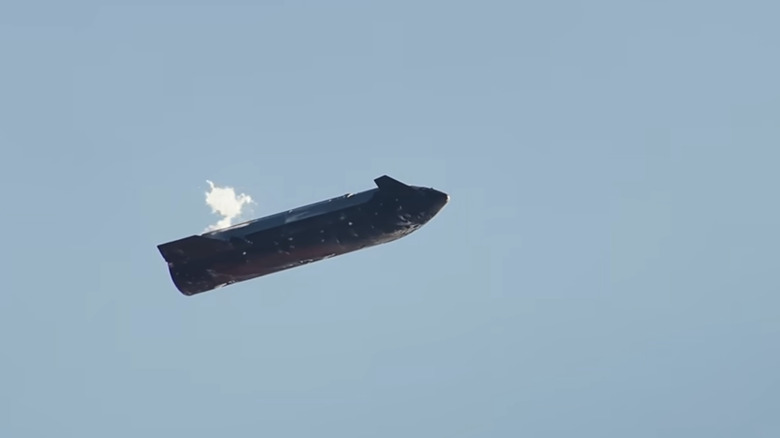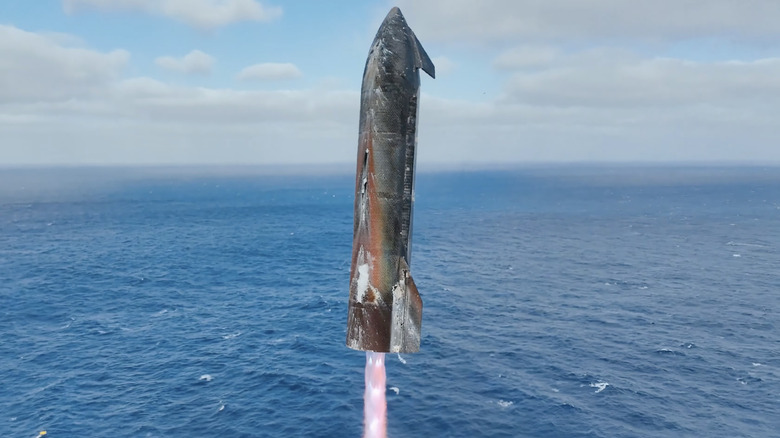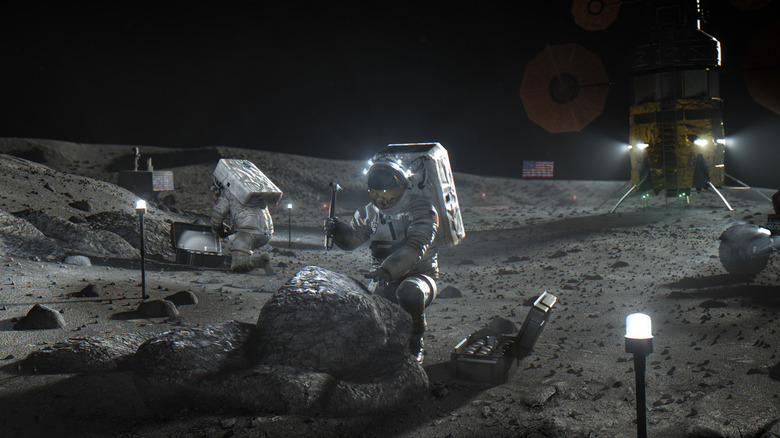SpaceX Launched Its Starship V2 For The Last Time Before Moving On To Its Most Powerful Rocket
SpaceX sent its Starship V2 prototype out with a glorious, and for once, non-explosive bang on October 13. The successful test flight marked the final mission for the V2 configuration, closing a chapter that was, to put it mildly, a little rocky. 2025 was a brutal year that saw multiple test flights end in massive fireballs. This fresh mission, however, was different because it executed its flight plan perfectly. The 403-foot-tall rocket took off from its Texas launchpad with a staggering 16.7 million pounds of thrust.
That power comes from the Super Heavy booster, powered by 33 Raptor engines designed to do the initial heavy lifting. For its return trip, Starship V2 showed off a complex new landing burn that saw it reignite 13 engines at once before throttling back to five, and then finished with a final trio. The power-down sequence guided it to a controlled splashdown in the Gulf of Mexico. Once separated, the baton was passed on to the upper stage. This section coasted halfway around the globe before its own splashdown in the Indian Ocean.
Along the way, it ticked off its entire to-do list, which included popping open a cargo bay to release dummy Starlink satellites and relighting an engine while in space. It even performed a new "dynamic banking maneuver" to gather data for future landings. Its heat shield also performed incredibly well — so great, in fact, that the ship survived reentry with no obvious damage, despite engineers having intentionally removed some tiles to push its limits. Earlier flights had shown how tricky it was to perfect the design of these metal sheets.
What's new with the Starship V3 rocket?
With V2 officially retired, SpaceX's attention is now focused on its successor, the Starship V3. This new bird is getting some serious upgrades, starting with its size. It's set to be about five feet taller and will feature larger propellant tanks to boost lifting capacity. But the real stuff is what's under the hood.
The V3 gets a propulsion overhaul to handle the new, more powerful Raptor 3 engines. Other goodies include upgrades to energy storage and avionics designed for longer-duration missions. There are also new docking adapters on the outside, which will be used for orbital refueling demonstrations planned for 2026. The Super Heavy booster is also evolving.
It's getting a redesigned fuel transfer tube and an integrated hot stage for cleaner stage separation. One of the most obvious visual changes will be the grid fins. The booster will now have just three massive fins instead of four, each 50% larger and designed to help the launch tower's "chopstick" arms catch the returning rocket. To handle all this new hardware, SpaceX is overhauling its ground systems, with launches shifting to the new Pad 2. Logistics for moving these massive stages between sites are also evolving, with new barge systems being prepped to transport Starships across the Gulf.
Even NASA is betting big on V3
The V3 upgrades are critical for Starship's primary missions. The biggest of these is acting as the official lunar lander for NASA's Artemis program. The space agency has bet big on Starship, but some challenges still have to be overcome. The biggest is demonstrating in-orbit propellant transfer, a maneuver where one Starship tops off another's fuel tank while in space. This is a feat that has never been accomplished before.
But NASA is all-in on the plan and has already awarded SpaceX contracts worth more than $4 billion to develop a lunar lander variant of Starship. The agency needs this vehicle ready for its Artemis 3 mission, which aims to return humans to the moon for the first time since Apollo. The mission is currently scheduled for 2027.
Another challenge is that no one's quite sure how many tanker flights will be needed for one moon mission. A SpaceX executive offered a rough estimate of "10-ish," according to CNN, while calculations by at least one former NASA official suggest the number could be as high as 40. The stakes are astronomical. Acting NASA Administrator Sean Duffy hailed the launch as vital progress toward "beating China back to the Moon," in a post on X, making it clear that V3's success is now a key part of America's renewed space ambitions.


